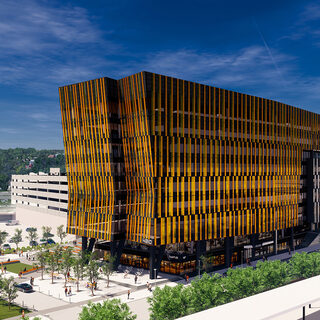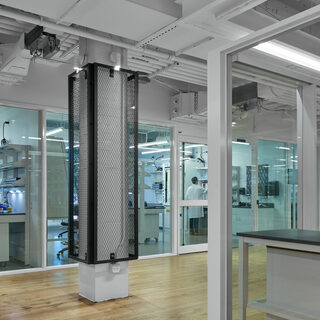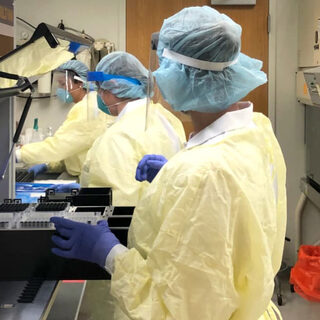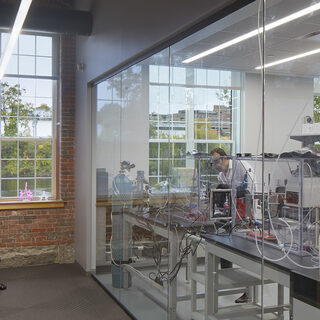Tradeline's industry reports are a must-read resource for those involved in facilities planning and management. Reports include management case studies, current and in-depth project profiles, and editorials on the latest facilities management issues.
Latest Reports
Life Sciences Sector Experiencing Era of Unprecedented Growth
The life sciences sector is experiencing an era of unprecedented growth driven by a surge in both public and private funding combined with a post-pandemic sense of urgency and market opportunity. According to a report released by Newmark in January 2021, more than 36 million sf of new construction is expected to be delivered in the nation’s top 14 life science markets, as life science investments more than triple. While demand for life science and biotech facilities has been growing steadily over the past decade, the COVID-19 crisis heightened national awareness around the need for increased research, diagnostic, and domestic manufacturing capabilities. Investors are also seeing significant potential in the future of personalized medicine, genomics, and other life science-related fields, as emerging technologies and research disciplines converge.
Top 10 Reports of 2020
The most-read Tradeline articles in 2020 reflect how the industry has responded to the COVID-19 crisis with flexibility and adaptability. From virtual site visits and virus-mitigating HVAC solutions to forward-looking models for office work, research programs, and higher education, readers learned about the innovative solutions that peer organizations have adopted to weather the storm and position themselves to thrive in the recovery.
The Big Pivot to Science Facilities
The life sciences industry has become the great hope in real estate, as we face the most significant public health crisis in a century. While other industries have slowed and suffered as a result of sheltering in place and working from home, science facilities have remained operational and even have thrived in prime markets, as the industry continues to search for medical breakthroughs. The downturn in other industries has left buildings vacant. The life science market, on the other hand, continues to experience some of the lowest vacancy and highest employment rates. For life science organizations in the prime U.S. markets, there simply remains a shortage of available research-capable space. Enter the big pivot to science.
The Evolving Role of Biocontainment Facilities in Response to COVID-19
The unprecedented health and economic impact of the COVID-19 pandemic is driving many institutions to increase investment in new biocontainment facilities or rapidly pivot to upgrade and repurpose existing containment spaces in an urgent attempt to respond to the crisis. Hundreds of organizations nationwide began applying for grants after the National Institutes for Health (NIH) received $3.6 billion in funding dedicated to COVID-19 research as part of an emergency stimulus bill passed earlier this year. The NIH now has until 2024 to release the funds. Additionally, private donors, non-governmental organizations, and other entities worldwide are providing billions in funding for development of testing and vaccine programs. This surge of financing is expected to fuel a growth in the creation of new biocontainment spaces in the near future and long term. Since designing, building, and commissioning new biocontainment labs is an expensive and time-consuming process, some institutions are electing to upgrade existing BSL-2 facilities to make them BSL-3, while others are choosing to move existing research programs to make room for new pandemic-related initiatives.
Expediting Laboratory Design Within a Changing Environment
The COVID-19 pandemic has amplified the need for the research community to respond quickly to changing markets and to understand the value of laboratory spaces that are flexible, adaptable, and scalable. We’ve seen stadiums converted to makeshift hospitals, “drive-through” testing sites pop up in vacant parking lots, and testing laboratories continually ramp up production to expedite results. This quick-thinking behavior has been inspiring to witness but daunting to execute. Laboratories, by nature, are among the most complex building typologies, where the utmost importance is protecting both the health and safety of their occupants and the integrity of the research. The complexities of the resulting design can be challenging to undertake, but when faced with the extreme circumstances of a pandemic, it is possible to expedite the process with a combination of strategies.





